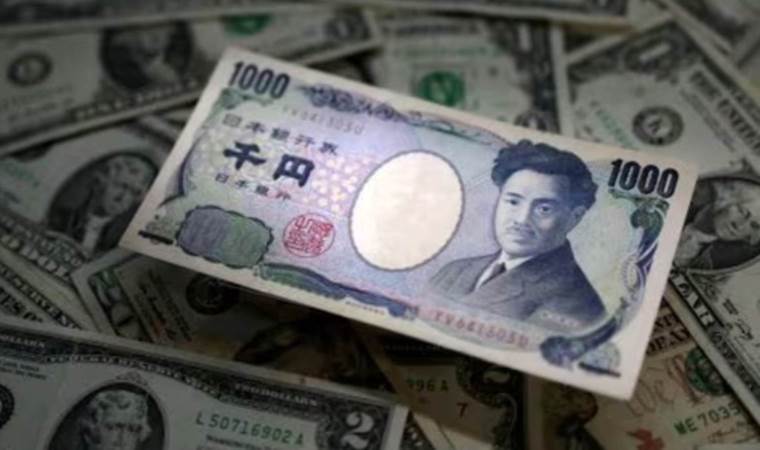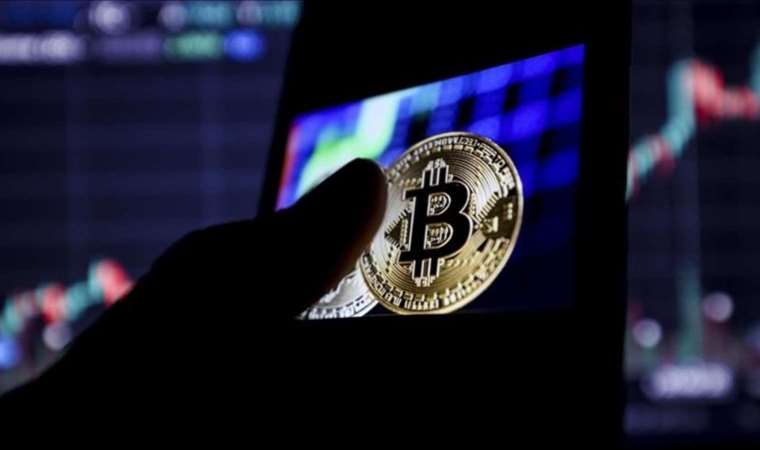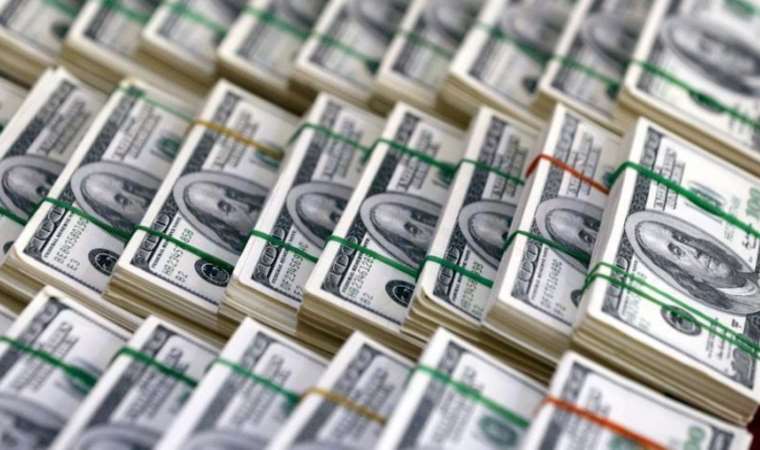Dollar weakens against Euro amid Fed's interest rate cut outlook
The U.S. dollar experienced a decline against the euro on Monday, continuing the trend from the previous week. This downturn is attributed to signals from the Federal Reserve about potential interest rate reductions in the coming year.

Despite this, the dollar gained against the yen, influenced by the Bank of Japan's ongoing meeting, which is expected to play a crucial role in determining the future of Japan's interest rate policies.
Fed Rate-Cut Expectations Surge, Euro Rises
Market expectations for a Federal Reserve rate cut soared last week following the U.S. central bank's decision to maintain its policy rate. Experts forecast a significant reduction in rates next year, fueling speculation and affecting the dollar's standing. Michael Brown, a market analyst at Trader X, noted that the Fed's stance has encouraged looser financial conditions. Concurrently, the European Central Bank is holding its ground on maintaining high interest rates until at least June, complicating the market dynamics.
Chicago Fed President Austan Goolsbee and several other Federal Reserve officials have recently addressed the market's anticipation of swift rate cuts. These comments counter the prevailing market expectations, indicating a more cautious approach from the U.S. central bank. Despite this pushback, the dollar index showed a slight decrease, while the euro gained against the dollar.
As the Bank of Japan deliberates on its interest rate policy, the yen remains volatile. Markets eagerly await the BOJ's decision, which could signal an end to Japan's long-standing ultra-loose monetary policy. This anticipation has led to a fluctuation in the yen's value, which has seen a notable gain against the dollar since November. Other currencies, like the Australian and New Zealand dollars, and the British pound, are also experiencing shifts in their value relative to the U.S. dollar amidst these global monetary policy developments.


